The lovagealso known as mountain celeryis a spontaneous plant that can be easily grown in the home garden.
It has a long tradition in our country, as a rustic species and highly appreciated in the kitchen.
For this reason the lovage plant is known by several vulgar names, such as: Maggi grass, privet, appio montano, wild celery, parsley of love, left And sedanina.
In this article we discover the properties of lovage, cultivation techniques, its characteristics and uses in the kitchen
Botanical identification of the lovage plant
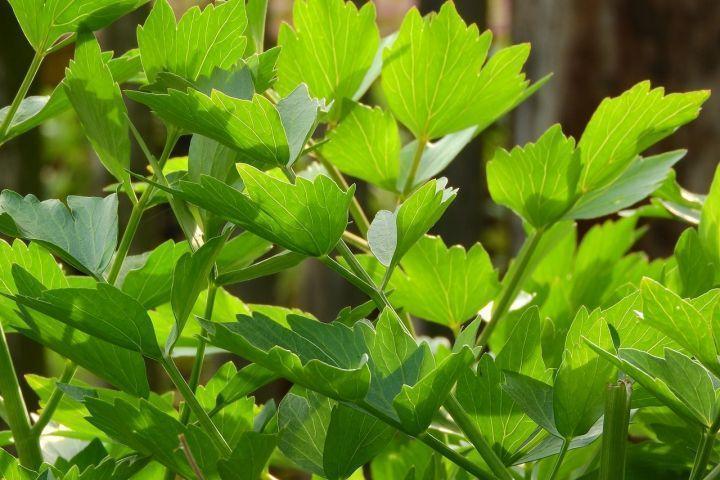
The lovage, Levisticum officinalisis a plant belonging to the botanical family of Apiaceae or Umbelliferae.
It is a close relative of the celery from leaves he was born in celeriacas well as other plants of the same family, such as: fennel, fennel, parsley, carrots, dill, chervil, green anise.
The species is native to Persia, present-day Iran, and in ancient times it began to spread to central and southern Europe. It is often encountered spontaneously in the pre-Alpine and Apennine areas, from 500 to 1,500 m above sea level.
Its preferred habitat is uncultivated meadows, both in partial shade and in full sun, the important thing is that it has a moist and well-drained soil.
The lovage name probably derives from the Latin remove= to remove, to alleviate. The reference is perhaps to the ability of the plant to soothe small evils.
The lovage plant
The lovage is a perennial herb plant. It is characterized by a great rusticity and a high vigor, since it can exceed 2 m in height.
The plant stands with long stems with a hollow section and rounded shape, which branch upwards. The single stem is green in color, but with reddish hues.
Lovage root
The lovage has a large tap root from which numerous lateral radicles branch off. These can go down to 40 cm deep.
From the second year of growth the plant swells the rhizome covered with thick fibers, residue of the sheaths of the leaves.
Lovage leaves
The lovage leaves they are large, inserted alternately on the stem and carried by a long hollow petiole. They are also incised and toothed, of an intense green color, when young they resemble those of common celery.
Lovage flowers and seeds
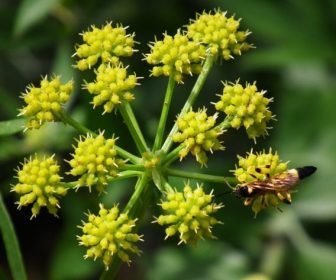
Mountain celery flower
The flower of the mountain celery is the typical one of the celery family Umbelliferae.
It is found gathered at the apex of the stem in umbrella inflorescences.
It is made up of 5 elliptical yellow petals.
The plant blooms from June and throughout the summer.
In autumn, i lovage seedsoblong and flattened achenes of small size.
The weight of 1000 seeds does not exceed 10 g.
The cultivation of lovage
Cultivating lovage it is a rather simple practice, as it is a rustic plant and therefore very resistant.
Due to its pungent flavor it is often preferred to common celery as an aromatic plant, and is perfect for growing in mountain areas.
Remember that mountain celery is a perennial plant, and therefore it needs a space in the garden where it can grow undisturbed.
For example, it might be profitable to put a plant of levisticum officinalis near sage or Rosemaryother common aromatic perennial types that we encounter in our gardens.
It withstands cold winter temperatures well, so it doesn’t need to frost protection. Conversely, if we are growing it in regions with very hot summers, it is better to place it in partial shade or provide for the use of a shading net to prevent the leaves from turning yellow.
Ideal soil for planting
The lovage grows well in agricultural land loose, deep and fresh, with a good amount of organic substance. Instead, it shuns those that are too clayey and asphyxiated, which give rise to water stagnation.
During the soil preparation it is advisable to amend mature organic fertilizer, it can be seasoned manure, but also of home compost or earthworm humus.
Sowing
The maturation of the lovage seeds occurs in early autumn. This is a good time to start cultivation, starting with planting in the seedbed.
The budding is very slow and the growth in this period is not very fast. Then the seedlings protected in seedbeds and then transplant them in the ground, after about 3 months.
The plant is ready when it is at least 15-20 cm tall.
An excellent month for transplanting in open ground is February.
There direct sowing it can instead take place at the end of winter, with a subsequent thinning.
Of the good seeds can be found here.
Adult plants are very voluminous. To give them the right space in the garden it is advisable to thin out, leaving a plant every 50 cm.
Subdivision of the tufts
Another way to reproduce the lovageand thus starting a new cultivation, is the subdivision of the tufts.
This operation is carried out in early autumn or early spring, taking portions of the plant with the root from the mother plant.
So, if you have a friend who has a large lovage plant in his garden, you can easily get some plants to transplant into your soil.
Irrigation
L’irrigation it is necessary in the early stages, after the emergence of the lovage seed, when the sprout has yet to form the root system. Therefore, after sowing, be careful to always keep the soil well moist but if not soaked.
In spring, autumn and winter, the lovage plant does not need irrigation, as natural rainfall is usually sufficient.
Water, on the other hand, is important in the summer, with regular watering.
The yellowing of the base of the stem is the obvious symptom of a lack of water.
Mulching or weeding
To grow lush lovage plants, care must be taken to clean them from weeds. It is therefore possible to intervene with periodicals weedingor with natural mulch with straw, jute or wool.
Collection
There collection of lovage leaves and stems it usually begins in June and continues, in a scaled way, throughout the winter.
The plant continually rejects and takes advantage of the cut of the flower stem in late summer.
It is advisable to remove the outer and well enlarged leaves.
The large rhizome is also edible and is harvested starting from the second year of the plant’s life, preferably in autumn.
The rhizome is divided in half and dried in a dry and ventilated place. Once dry, it is simply stored in paper bags.
The properties of lovage
The lovage is known for its medicinal properties, given the large presence of active ingredients. In fact, it contains: resins, tannins, sugars, vitamin C, pectins, acids and essential oils.
The use of mountain celery was widespread in the monastic workshop and appreciated for its properties:
- diuretic
- anti-edemic
- antirheumatic
- deodorants
- antiseptics
- carminative
- tonic
- digestive
So it was used not only as a fresh food to season dishes, but also in the form ofinfusions and decoctions.
The dry rhizomatous root is instead boiled and is an excellent adjuvant for the regular activity of the kidneys.
Lovage in the kitchen
In cooking lovage leaves have always been appreciated for the intense aroma and the spicy and persistent flavor.
It was the aromatic plant par excellence of the ancient Romans, who used it as we consume parsley and common celery today.
This mountain celery is able to give a pleasant flavor to saladssoups and meats.
Due to these peculiarities, this plant is used as an essential component of vegetable cubes, with which the broth is prepared.
The sprouts are eaten alone and are delicious when seasoned with extra-virgin olive oil and balsamic vinegar.

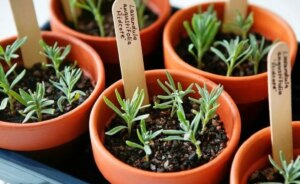
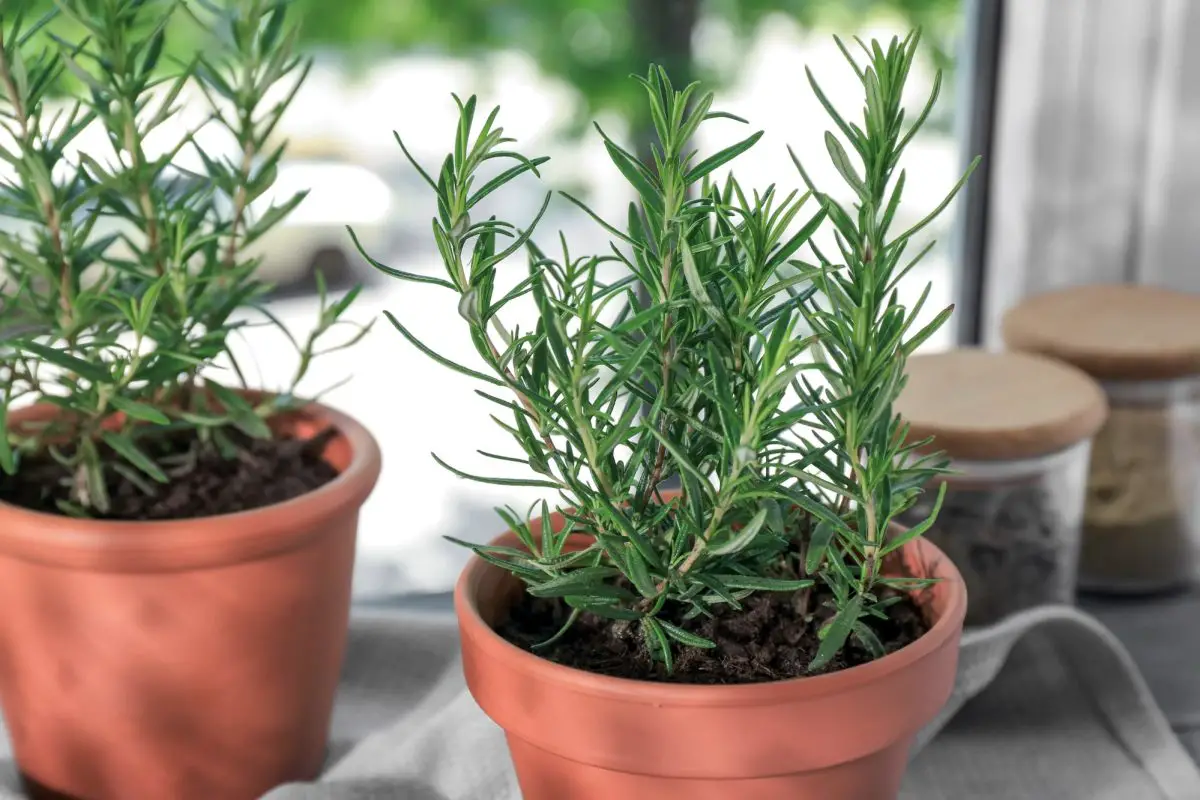
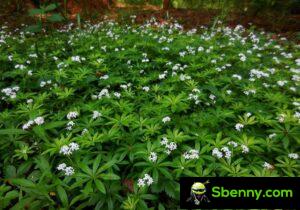
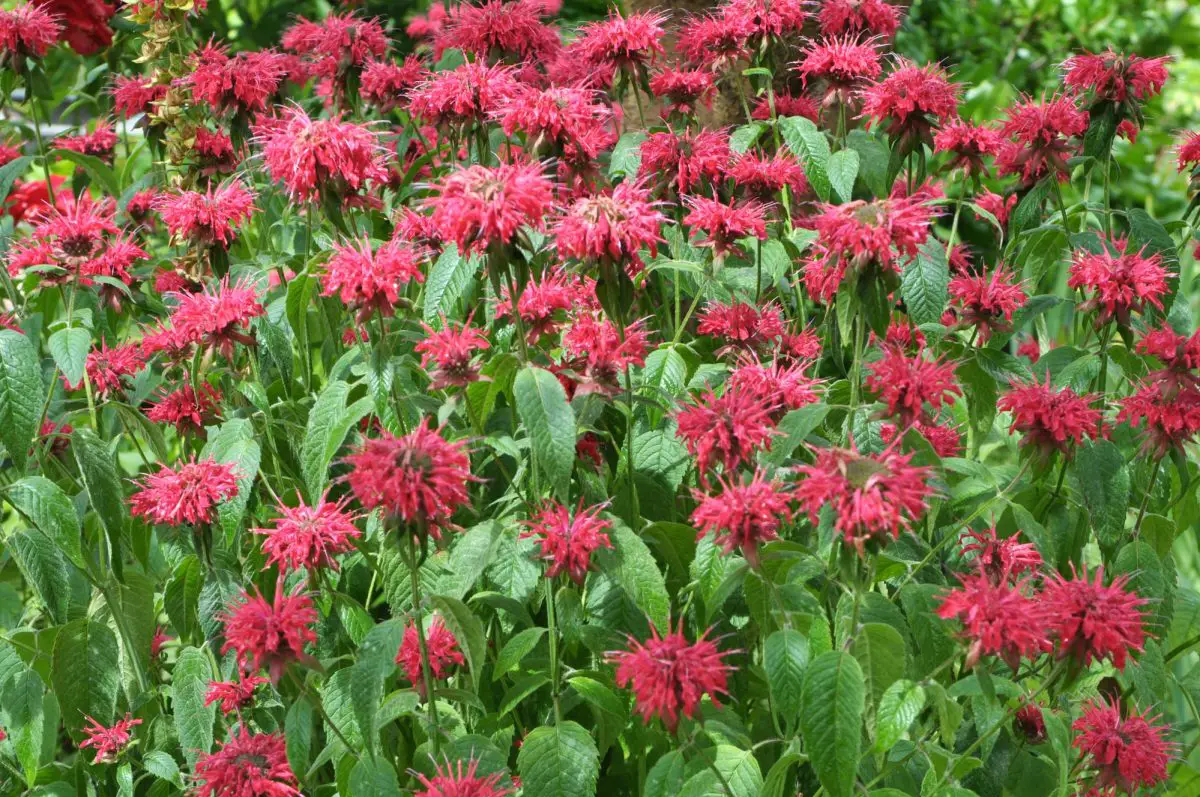
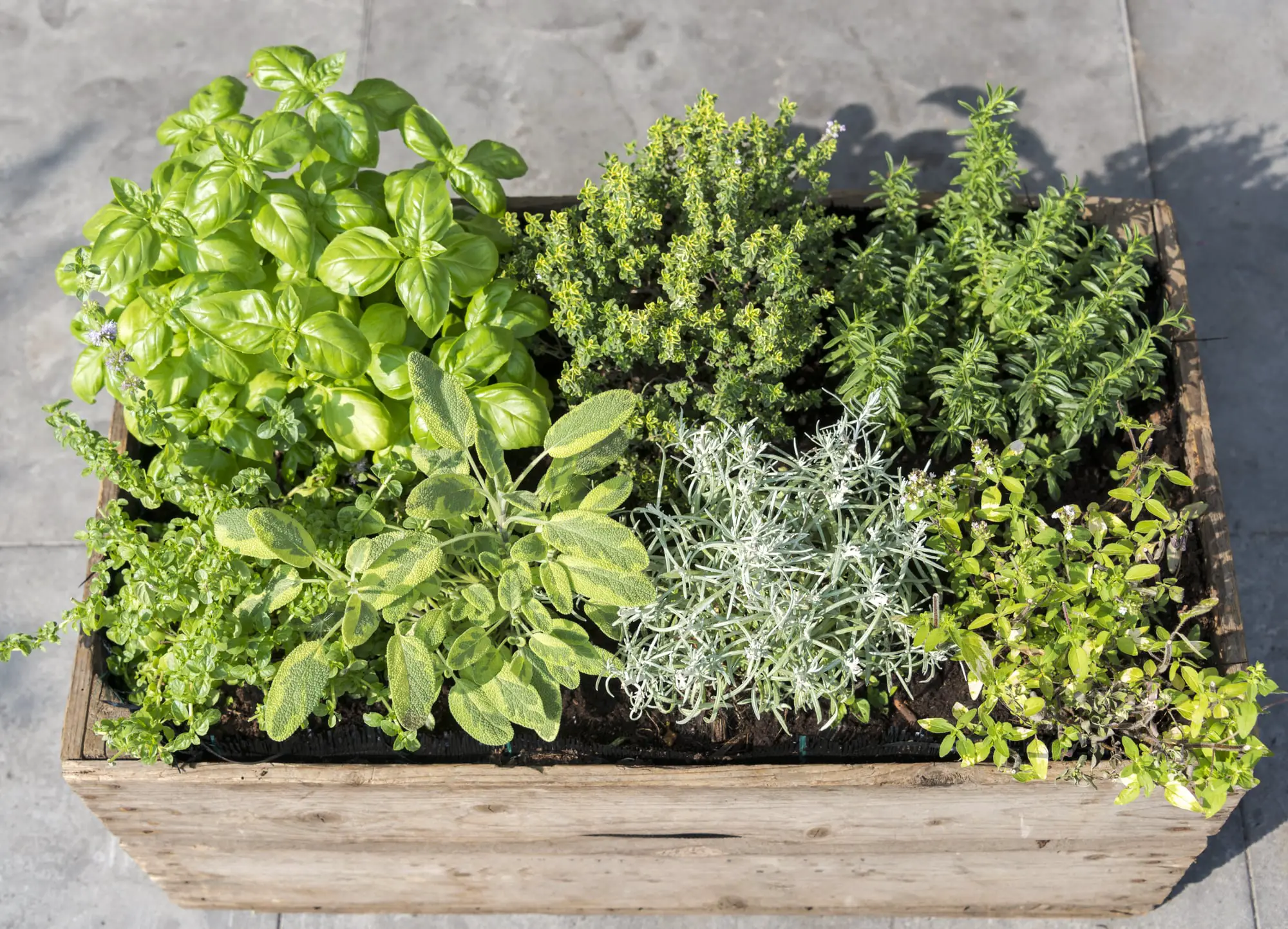

Start a new Thread